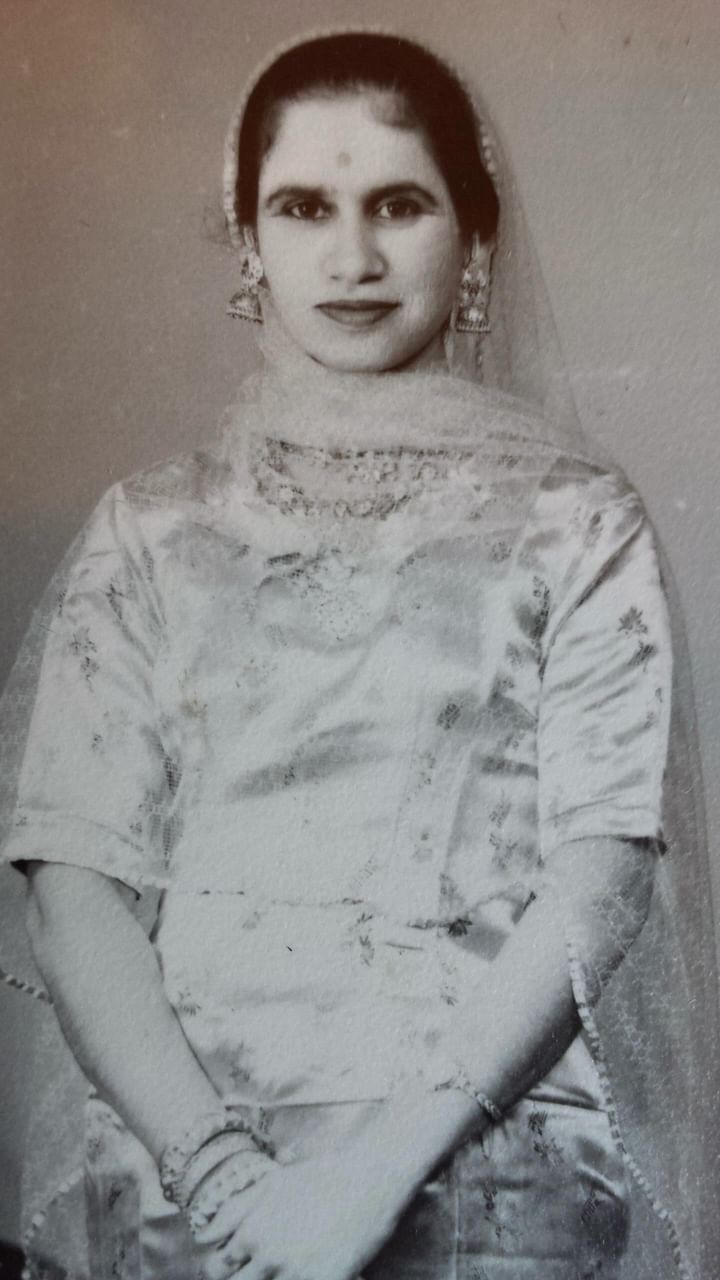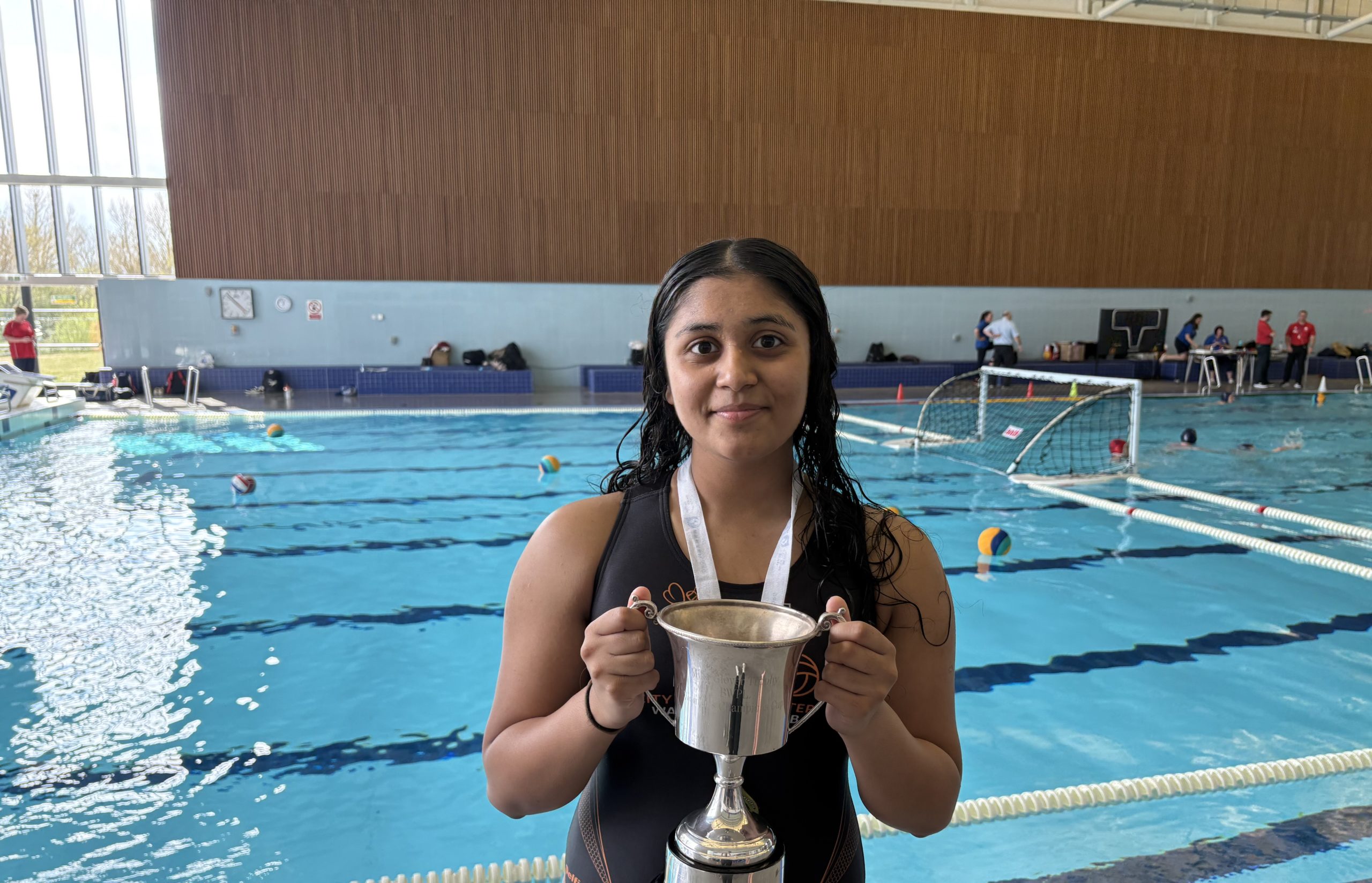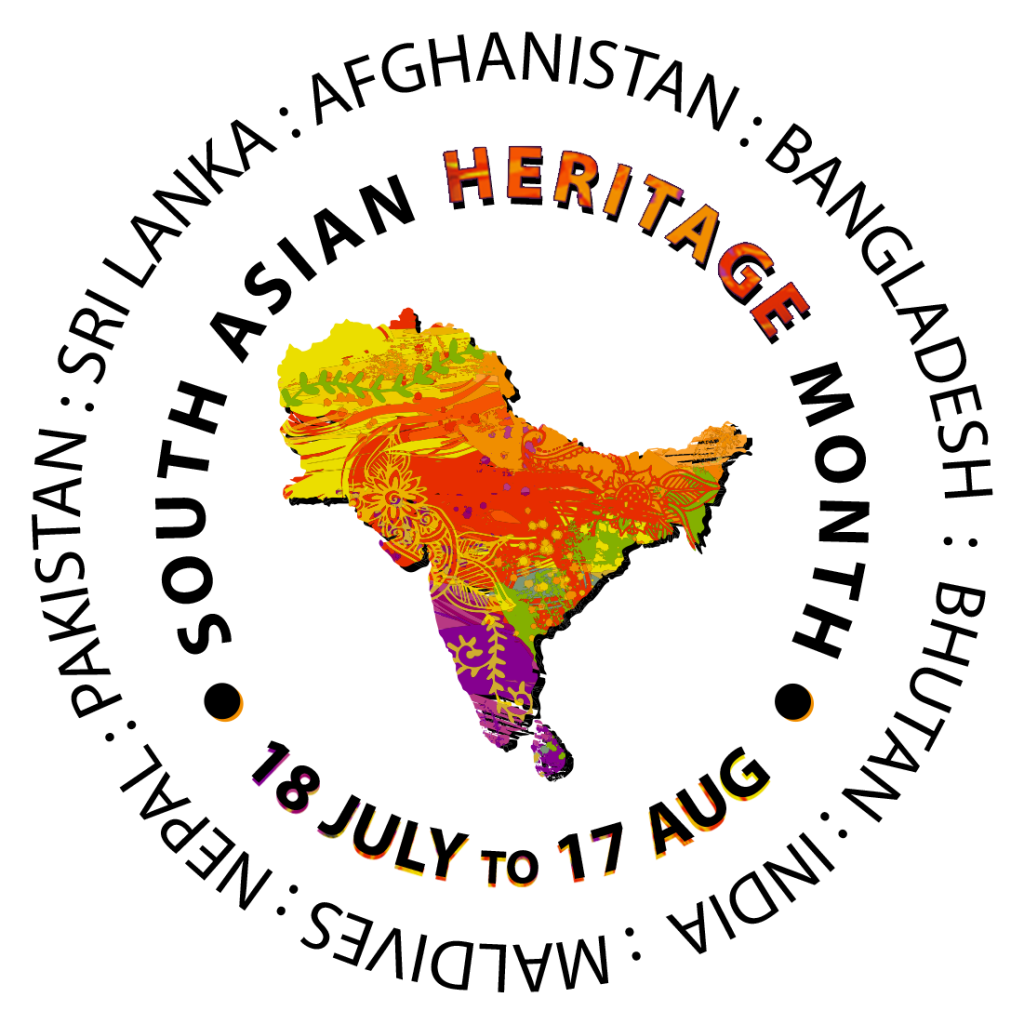It is a warm and sunny day in the city of Poona and the year is 2021. Aaji (Grandmother) checks the chair’s sturdiness, and climbs carefully into the attic. I have been going on about how I want to see the hidden treasures which have been untouched now for years. One by one she slowly starts handing every item to me, and I keep it down. After about half an hour, the room is filled with lots of pottery items, most of them made from brass, still very shiny. Easily 100 years old standing all in their glory. There is also a large dressing table which my great-grandmother must have used for her daily use. Struggling my way to find more evidence, I dig out an old plastic bag lying down. All the photographs fall down instantly, and a vintage aroma takes over the room.
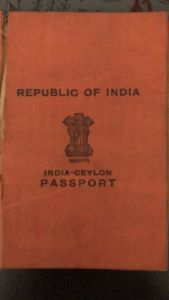

Aaji’s passport
Within it are also some papers with receipts, one from the tailor which is from 1952 and another one is my Aaji’s Indian – Sri Lankan passport from 1961, my great-grandmother’s wooden jewellery box, a photograph from my Aaji’s childhood, a photo of her from her undergraduate days when she was studying as a English major, her wedding to my grandfather, and my mother as a child with her cousins and my grandfather standing in front of a beautiful and magnificent ambassador car. She tells me the story of her childhood years in Ceylon, her first flight all by herself and how the Air India waitresses help her throughout the flight. How her in-laws side of the family used to export cotton to Manchester during the 1900s. She also tells me a story of the Indian activists, where during a curfew they were given shelter to hide from the British army patrols in our house in the city of Dhule (Maharashtra), and how they hid the Tiranga flag in the well in our backyard. Mind you, I visited that house during summer holidays as a kid and was extremely fascinated with this story. The house there is as old as time, easily one hundred and fifty years old and hides all the family secrets, stories and I craved to know more. I don’t know what happened to the activists, but as a young kid, I hoped that they remained safe.


My great-grandmother’s jewellery box
In about six months I moved to England for my further studies and brought a few of these objects with me. The wooden jewellery box, a godhadi (a blanket made from refurbished sarees), some photographs mentioned above, my mother’s saree which she wore in India before my move, so it still keeps her smell fresh in my memory and it makes me feel close to her.
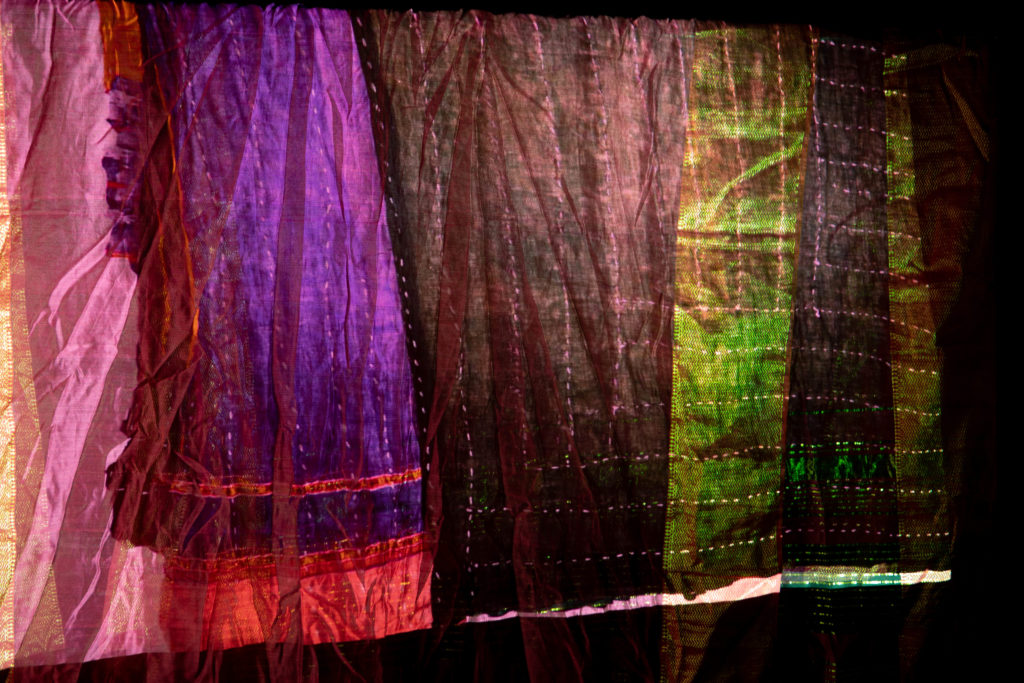
Godhadi (Blanket made from my grandmother’s refurbished sarees, from the series Dhaaga, 2022)
For my post-graduation work, I am asked to prepare a research draft for my masters thesis by the end of 2022 academic year. I begin my research with Amrita Pritam’s poems, and I ask my Maami (Aunt) living in Islington to be my muse and portray Amrita. I speak to her about Main Tainu Pher Milangi (I will meet you again) and Ajj Akhan Waris Shah Nu (I say to Waris Shah) Amrita’s poems, and I am not surprised when she says she loves Amrita. I mean, who doesn’t? My maami is from Batala in Punjab and speaks of the stories of partition and how her family was affected. In between all the stories, I create a series of compositions within which I try to keep Amrita ji’s memory alive.
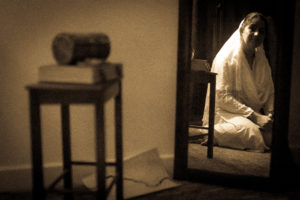
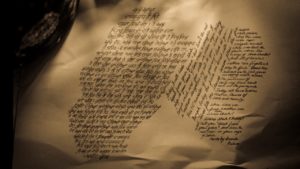

I proceed further onto my research, and go in-depth to understand what photographs can be created. I visualise my journey and prepare a story-board of my entire experience. There comes a point in my research where I go into a creative block for about two to three months, and one fine summer afternoon it hits me, the idea of a photo installation. I research artists who have contributed similar work in this subject, and start building a narrative based off of my own experiences. And thus, I created the series Dhaaga (Thread), which was funded by my university Norwich University of the Arts for the graduation exhibition, and got featured and exhibited later onwards. I have always felt very connected to my South Asian roots, and my family stories helped me realise that I want to photograph more family histories, because they are truly fascinating. There is a saying which goes, “Always look into the future” but as a multidisciplinary artist, I am of opinion that our past makes us who we are today and it is really important in shaping our journey.
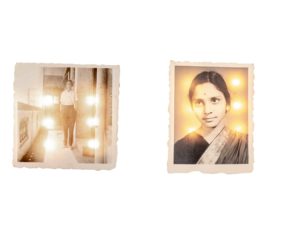

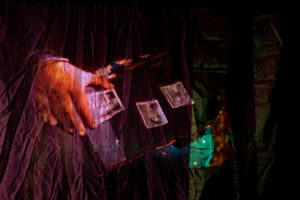



Dhaaga, 2022
Project Dhaaga is created to showcase my connection with my family through objects that I carried, how they create nostalgia, and their migration from India to England. I am currently in process of expanding my MA research and trying to develop my ideas further.
Sanika Devdikar is a multidisciplinary South Asian artist specialising in Fine Art Photography, from India based in England. Her work can be found on www.sanikadevdikar.co.uk.
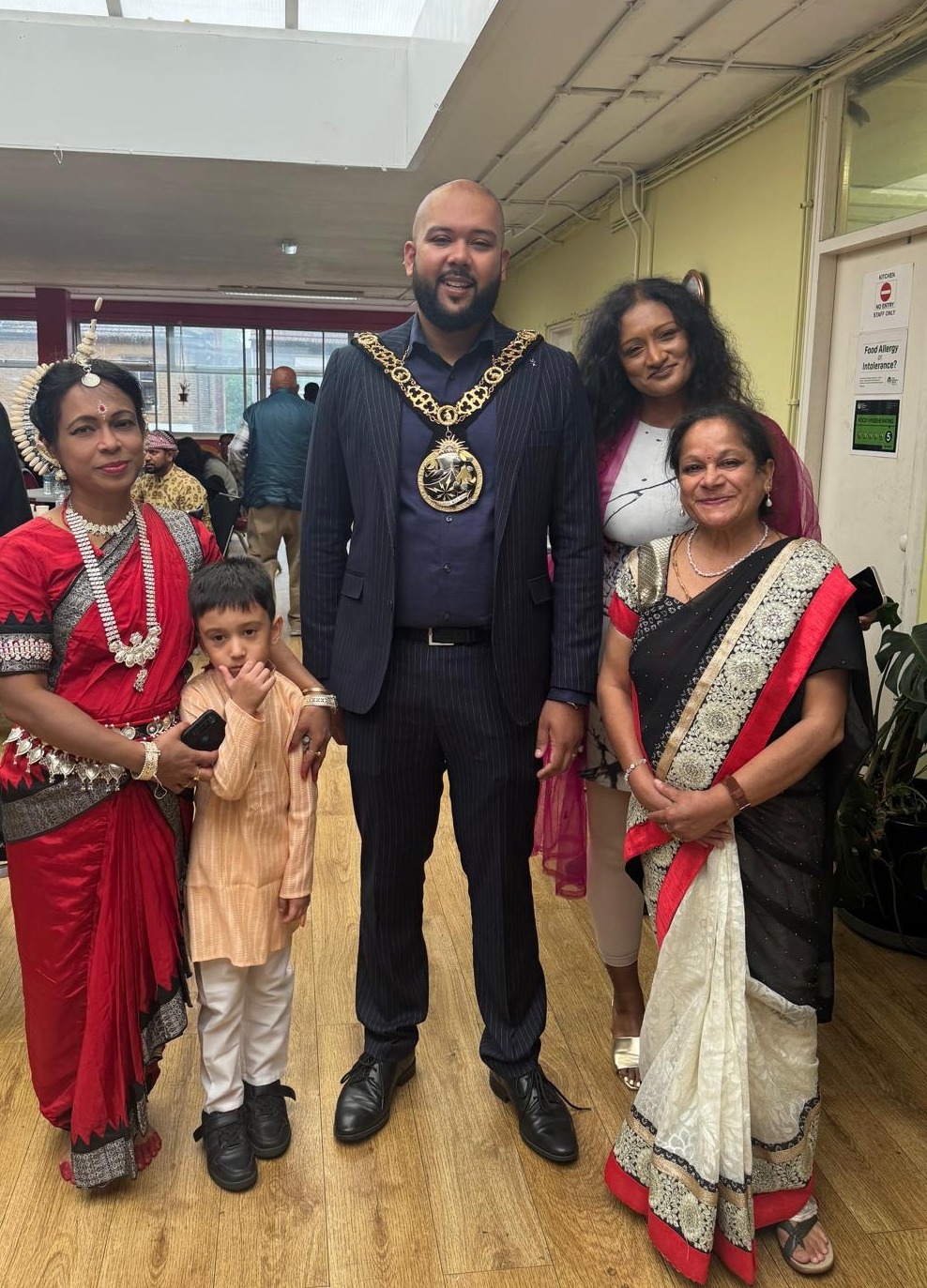
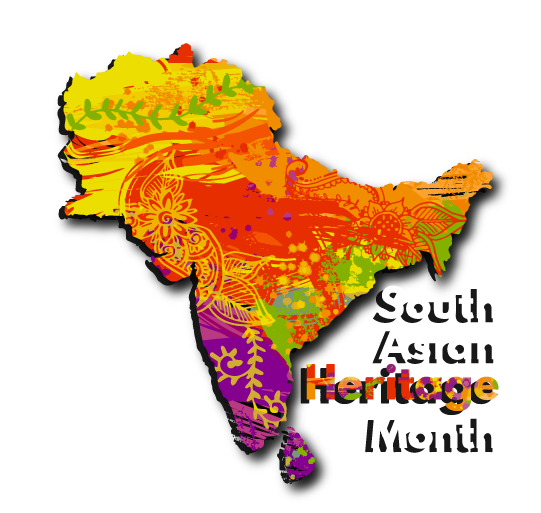 South Asian Heritage Month dates changed to "July" from 2026 — Learn more here →
South Asian Heritage Month dates changed to "July" from 2026 — Learn more here →















